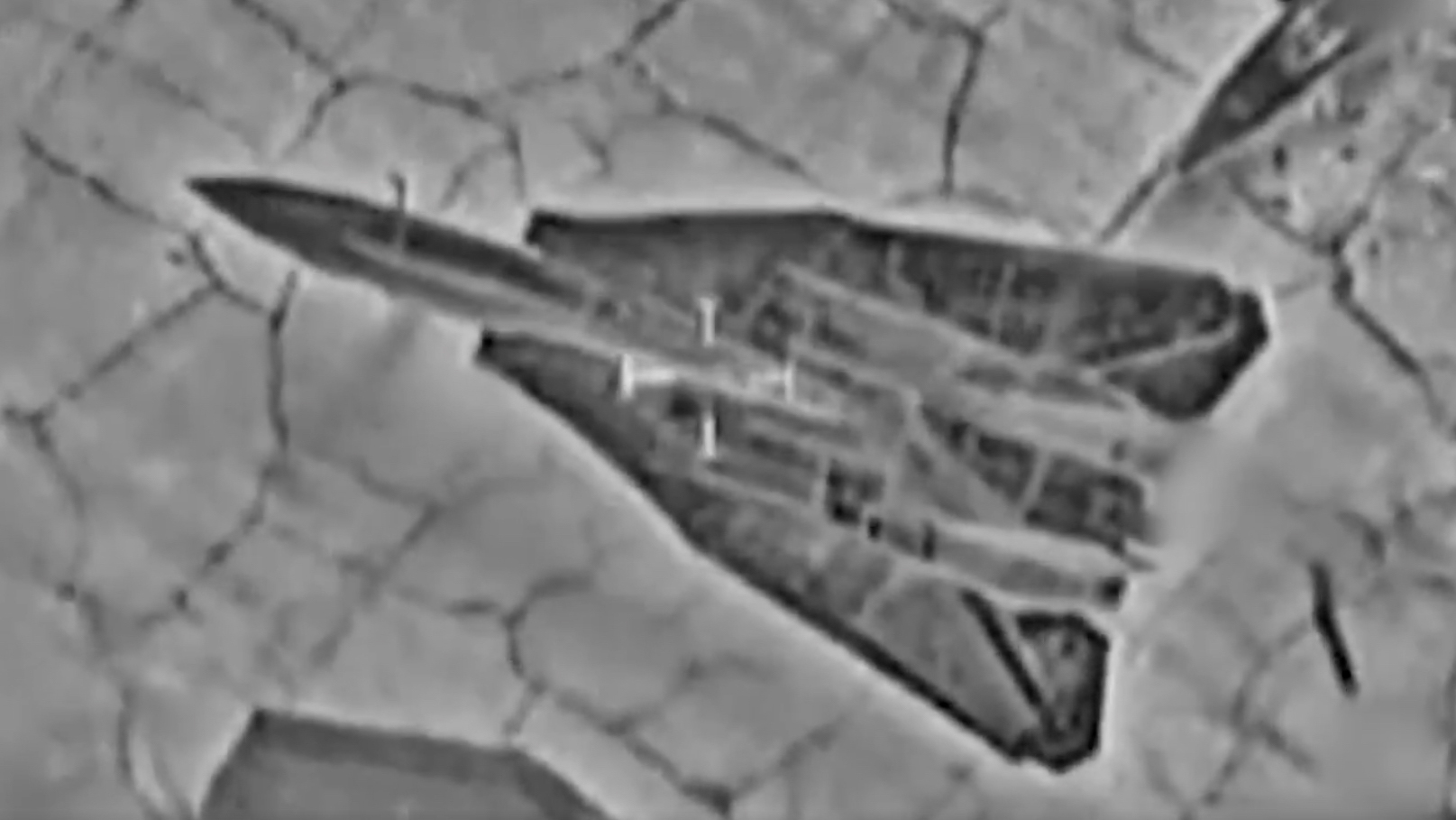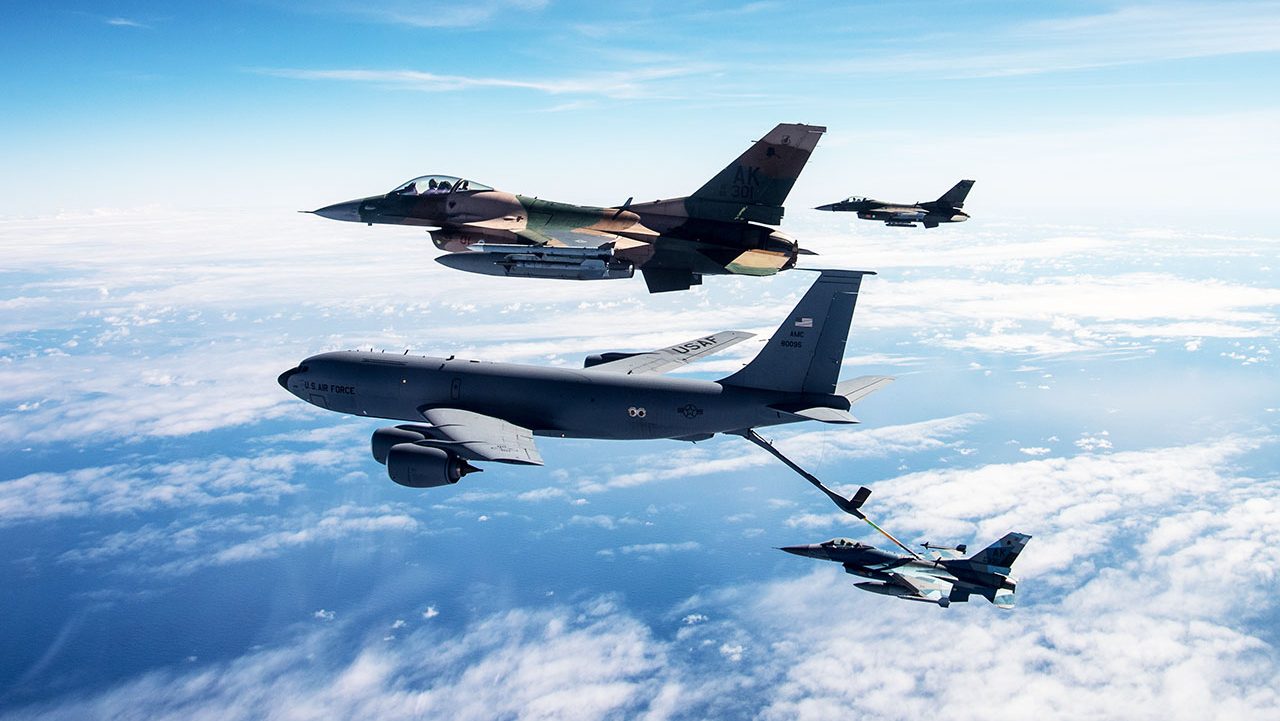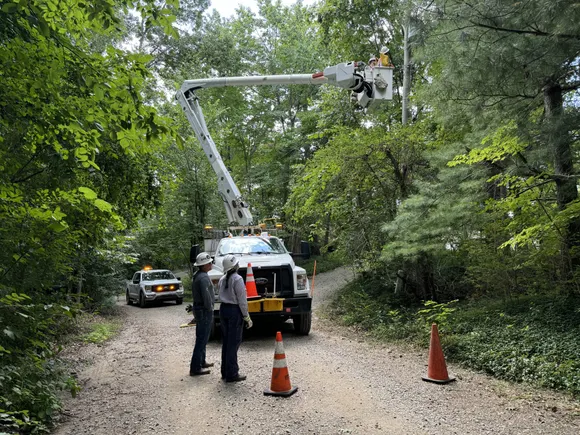The D Brief: Israeli campaign ‘a blueprint’; War shadows Paris airshow; Defense execs turn Army O-5s; Marine detains LA vet; And a bit more.
Iran and Israel continue their weekend of long-range attacks after Israel re-ignited tensions with a multi-phase operation of pre-emptive strikes on Iran’s military leadership and a uranium enrichment site early Friday, killing several top officials and scientists, and putting the region on high alert for a possibly widening conflict. Outlook: Iran’s Foreign Ministry Sunday said its attacks on Israel would stop if Israel stops first. Israeli officials, for their part, have repeatedly said they’re prepared to fight for at least several more weeks in order to prevent Iran from obtaining a nuclear weapon. Of note, Iran’s “most fortified nuclear facility,” the subterranean Fordow plant, remains undamaged, the Wall Street Journal reports. Latest: Israel jets targeted more Iranian intelligence officials inside Tehran on Monday, allegedly killing the intel chief for Iran’s Revolutionary Guard Corps and the intel chief for the IRCG’s elite Quds Forces, along with both men’s deputies, the Israeli Defense Forces announced on social media. Other Israeli strikes are targeting alleged “trucks containing weapons, including surface-to-air missile launchers, advancing from western Iran toward Tehran,” the IDF said Monday, with accompanying strike footage. Those strikes come as Israeli forces continue working to neutralize Iran’s air defense assets ahead of Israeli bombing runs over the skies of Tehran. Panning out: Israel has “expanded its air campaign into Iran by beginning to strike regime institutions, including some related to internal security and social control,” analysts at the Institute for the Study of War wrote Sunday evening. “This comes the day after the IDF began striking energy infrastructure. The degradation of the Iranian coercive apparatus coupled with energy shortages could destabilize the regime.” Iran says Israel’s strikes have killed more than 220 people since Friday, and more than 1,200 have been wounded. That death toll included at least “73 women and kids,” Foreign Ministry spokesman Esmaeil Baqaei said on social media Sunday. Tit for tat, says Iran’s top diplomat: “On the first night, we targeted only military objectives of the Israeli regime,” Foreign Minister Abbas Araghchi said in a statement Monday. “However, when the Zionist regime escalated its aggression yesterday by attacking economic infrastructure—including the Tehran refinery and facilities in Asaluyeh—we responded last night by striking economic targets and refineries within the occupied territories of the Zionist regime.” Notable: Iranian missiles are still landing inside Israel, including more Monday that killed at least eight Israelis, the Associated Press reports. Iran has launched drones and more than 370 missiles at Israel since Friday, killing two dozen and wounding more than 500; on Saturday, Israel claimed to have shot down more than 90% of Iran’s missiles, according to Reuters. By Monday, the Israeli military claimed to “have achieved full aerial superiority over Tehran’s skies,” according to Brig. Gen. Effie Defrin. U.S. military air defense assets in the region have helped Israel shoot down Iranian projectiles, AP reported Friday. The U.S. currently has about 40,000 troops in the region as well, officials said. More on all that, here. Iran: “We have solid evidence of US forces and bases in the region assisting the Zionist regime’s attacks,” Foreign Minister Araghchi said Monday. “But more telling than our evidence are the explicit statements of the US president expressing support. Therefore, we consider the US complicit in these attacks and demand it take responsibility.” Developing: It looks like the U.S. Navy’s USS Nimitz aircraft carrier is heading toward the Middle East from the South China Sea, Reuters reported Monday citing shiptracking data available online. “The carrier had planned to visit [Vietnam’s] Danang City later this week, but two sources, including one diplomat, said a formal reception slated for June 20 had been called off.” A note on tactics: Israel’s opening salvo in this latest war “is a blueprint for future joint campaigns and suggests key investments the U.S. military will need to make to adapt to the changing character of war,” argued Benjamin Jensen of the Washington-based Center for Strategic and International Studies, writing Friday. “These include accelerating efforts to integrate special forces with low-cost drones—similar to the foundational work with Project Replicator—with long-range precision strike campaigns, alongside rethinking defense in depth to protect critical assets.” Related reading: “With No Clear Off-Ramp, Israel’s War With Iran May Last Weeks, Not Days,” the New York Times reported Monday; “Israel Races to Reshape the Middle East With Few Checks,” the Wall Street Journal reported Sunday; “Trump vetoed Israeli plan to kill Iran's supreme leader, US officials say,” Reuters reported Sunday; “Iranian missiles penetrated Israel’s air defenses Friday. How iro

Outlook: Iran’s Foreign Ministry Sunday said its attacks on Israel would stop if Israel stops first. Israeli officials, for their part, have repeatedly said they’re prepared to fight for at least several more weeks in order to prevent Iran from obtaining a nuclear weapon. Of note, Iran’s “most fortified nuclear facility,” the subterranean Fordow plant, remains undamaged, the Wall Street Journal reports.
Latest: Israel jets targeted more Iranian intelligence officials inside Tehran on Monday, allegedly killing the intel chief for Iran’s Revolutionary Guard Corps and the intel chief for the IRCG’s elite Quds Forces, along with both men’s deputies, the Israeli Defense Forces announced on social media.
Other Israeli strikes are targeting alleged “trucks containing weapons, including surface-to-air missile launchers, advancing from western Iran toward Tehran,” the IDF said Monday, with accompanying strike footage. Those strikes come as Israeli forces continue working to neutralize Iran’s air defense assets ahead of Israeli bombing runs over the skies of Tehran.
Panning out: Israel has “expanded its air campaign into Iran by beginning to strike regime institutions, including some related to internal security and social control,” analysts at the Institute for the Study of War wrote Sunday evening. “This comes the day after the IDF began striking energy infrastructure. The degradation of the Iranian coercive apparatus coupled with energy shortages could destabilize the regime.”
Iran says Israel’s strikes have killed more than 220 people since Friday, and more than 1,200 have been wounded. That death toll included at least “73 women and kids,” Foreign Ministry spokesman Esmaeil Baqaei said on social media Sunday.
Tit for tat, says Iran’s top diplomat: “On the first night, we targeted only military objectives of the Israeli regime,” Foreign Minister Abbas Araghchi said in a statement Monday. “However, when the Zionist regime escalated its aggression yesterday by attacking economic infrastructure—including the Tehran refinery and facilities in Asaluyeh—we responded last night by striking economic targets and refineries within the occupied territories of the Zionist regime.”
Notable: Iranian missiles are still landing inside Israel, including more Monday that killed at least eight Israelis, the Associated Press reports. Iran has launched drones and more than 370 missiles at Israel since Friday, killing two dozen and wounding more than 500; on Saturday, Israel claimed to have shot down more than 90% of Iran’s missiles, according to Reuters. By Monday, the Israeli military claimed to “have achieved full aerial superiority over Tehran’s skies,” according to Brig. Gen. Effie Defrin.
U.S. military air defense assets in the region have helped Israel shoot down Iranian projectiles, AP reported Friday. The U.S. currently has about 40,000 troops in the region as well, officials said. More on all that, here.
Iran: “We have solid evidence of US forces and bases in the region assisting the Zionist regime’s attacks,” Foreign Minister Araghchi said Monday. “But more telling than our evidence are the explicit statements of the US president expressing support. Therefore, we consider the US complicit in these attacks and demand it take responsibility.”
Developing: It looks like the U.S. Navy’s USS Nimitz aircraft carrier is heading toward the Middle East from the South China Sea, Reuters reported Monday citing shiptracking data available online. “The carrier had planned to visit [Vietnam’s] Danang City later this week, but two sources, including one diplomat, said a formal reception slated for June 20 had been called off.”
A note on tactics: Israel’s opening salvo in this latest war “is a blueprint for future joint campaigns and suggests key investments the U.S. military will need to make to adapt to the changing character of war,” argued Benjamin Jensen of the Washington-based Center for Strategic and International Studies, writing Friday. “These include accelerating efforts to integrate special forces with low-cost drones—similar to the foundational work with Project Replicator—with long-range precision strike campaigns, alongside rethinking defense in depth to protect critical assets.”
Related reading:
- “With No Clear Off-Ramp, Israel’s War With Iran May Last Weeks, Not Days,” the New York Times reported Monday;
- “Israel Races to Reshape the Middle East With Few Checks,” the Wall Street Journal reported Sunday;
- “Trump vetoed Israeli plan to kill Iran's supreme leader, US officials say,” Reuters reported Sunday;
- “Iranian missiles penetrated Israel’s air defenses Friday. How ironclad is the system?” AP reported Friday.
Welcome to this Monday edition of The D Brief, a newsletter dedicated to developments affecting the future of U.S. national security, brought to you by Ben Watson and Bradley Peniston. Share your tips and feedback here. And if you’re not already subscribed, you can do that here. On this day in 1858, Abraham Lincoln delivered his “House Divided” speech in Springfield, Illinois.
Defense industry
“There's more underlying [the Paris Air Show] than any one I’ve been to before,” said Eric Fanning, CEO of the Aerospace Industries Association, which convenes U.S. industry and government officials at overseas trade shows. The biennial airshow opens this week for a second edition shadowed by Russia’s war in Ukraine, and amid the second term of U.S. President Trump, who has weakened America’s commitment to NATO, urged European governments to boost their defense industries, and warned them not to stop buying American weapons. Defense One’s Audrey Decker has a curtain-raiser, here.
Now Israel’s attacks on Iran have added yet another layer of friction. On Sunday, airshow organizers—acting at the request of the French government—told Israeli companies exhibiting at the show to remove “offensive weapons” from their displays. The companies protested that they didn’t have time before the show opened, so overnight, airshow organizers erected eight-foot barriers to block the view of the weapons from spectators. Defense News has a photo and more here.
Stay tuned to Defense One for Decker’s dispatches from Paris this week.
New: Four tech execs are being commissioned as Army lieutenant colonels. Task & Purpose: “Four senior executives of tech giants like Meta and Palantir are being sworn into the Army Reserve as direct-commissioned officers at the unusually high rank of lieutenant colonel as part of a new program to recruit private-sector experts to speed up tech adoption.” Read on, here.
Troops & immigrants
New: U.S. Marine detains man on American soil. The man, a former Army combat engineer named Marcus Leao, told AP he was heading to a Veterans Affairs appointment and walked past a piece of caution tape outside the federal building. A Marine, one of the 700 who began operating in Los Angeles on Friday, detained and zip-tied him. Leao was later released; no charges were filed.
“The brief detention marked the first time federal troops have detained a civilian since they were deployed to the nation’s second-largest city by President Donald Trump in response to protests over the administration’s immigration arrests,” AP reports.
Why it matters: “Leao’s detention shows how the troops’ deployment is putting them closer to carrying out law enforcement actions. Already, National Guard soldiers have been providing security on raids as Trump has promised as part of his immigration crackdown.” Continue reading, here.
Related reading:
- “Trump directs ICE to expand deportations in Democratic-run cities,” AP reports, adding that the administration has meanwhile “directed immigration officers to pause arrests at farms, restaurants and hotels, after Trump expressed alarm about the impact aggressive enforcement is having on those industries.”
- “The Private Citizens Who Want to Help Trump Deport Migrants,” from the New Yorker, which adds: “For years, right-wing civilians have eagerly patrolled the border. Tom Homan, Trump’s border czar, has hinted that he might enlist their help.”
- Commentary: “An immigrant registry is un-American — and alarmingly familiar,” write Rabbi Mordechai Liebling and Pastor Julio Hernandez in The Hill: “The administration’s proposal to create a registry for immigrants, particularly those from Latin and Muslim-majority countries, isn’t about national security; it’s about racism and oppression. We already have extensive immigration tracking and vetting systems. Instead, these ideas are about branding entire populations as suspicious because of their faith or place of birth.”
U.S. politician killed
A suspect in the killing of one Minnesota politician and wounding of another is in custody, AP reports. After former Democratic House Speaker Melissa Hortman and her husband, Mark, were shot and killed in their house on Saturday, and Sen. John Hoffman, a Democrat, and his wife, Yvette, were wounded in theirs, a 57-year-old man named Vance Boelter was arrested and charged with two counts of murder and two of attempted murder.
Analysis: What elevates the risk of political violence? In the U.S., three factors “stand out: easy access to deadly weapons, intense polarization that paints political opponents as treasonous enemies rather than disagreeing compatriots, and incitements to political violence from high-profile public figures,” writes researcher Brian Klass. “The United States has repeatedly refused to do anything about easy access to deadly weapons, despite having, by far, the highest rate of mass killings among developed democracies. As a result, the only feasible levers are reducing polarization and stopping high-profile incitements to commit violence. Instead, during the Trump era, polarization has sharply increased. And over the past decade, Trump himself has been the most dangerous political actor in terms of routinely inciting violence against his opponents, including against specific politicians who could become assassination targets.” Read on, here.
Additional reading:
- “SUV drives through protesters in Culpeper, Va., police say,” the Washington Post reported Sunday;
- “Protester shot and killed at ‘No Kings’ rally in Utah, police say,” AP reported Sunday.
- Commentary: “Is gun violence depressing military recruiting?” asks Jacob Ware, an adjunct professor at Georgetown University. “Perhaps the problem is not that young people are insufficiently patriotic, but that they have been fighting a war, daily, for their entire lives.”



















































































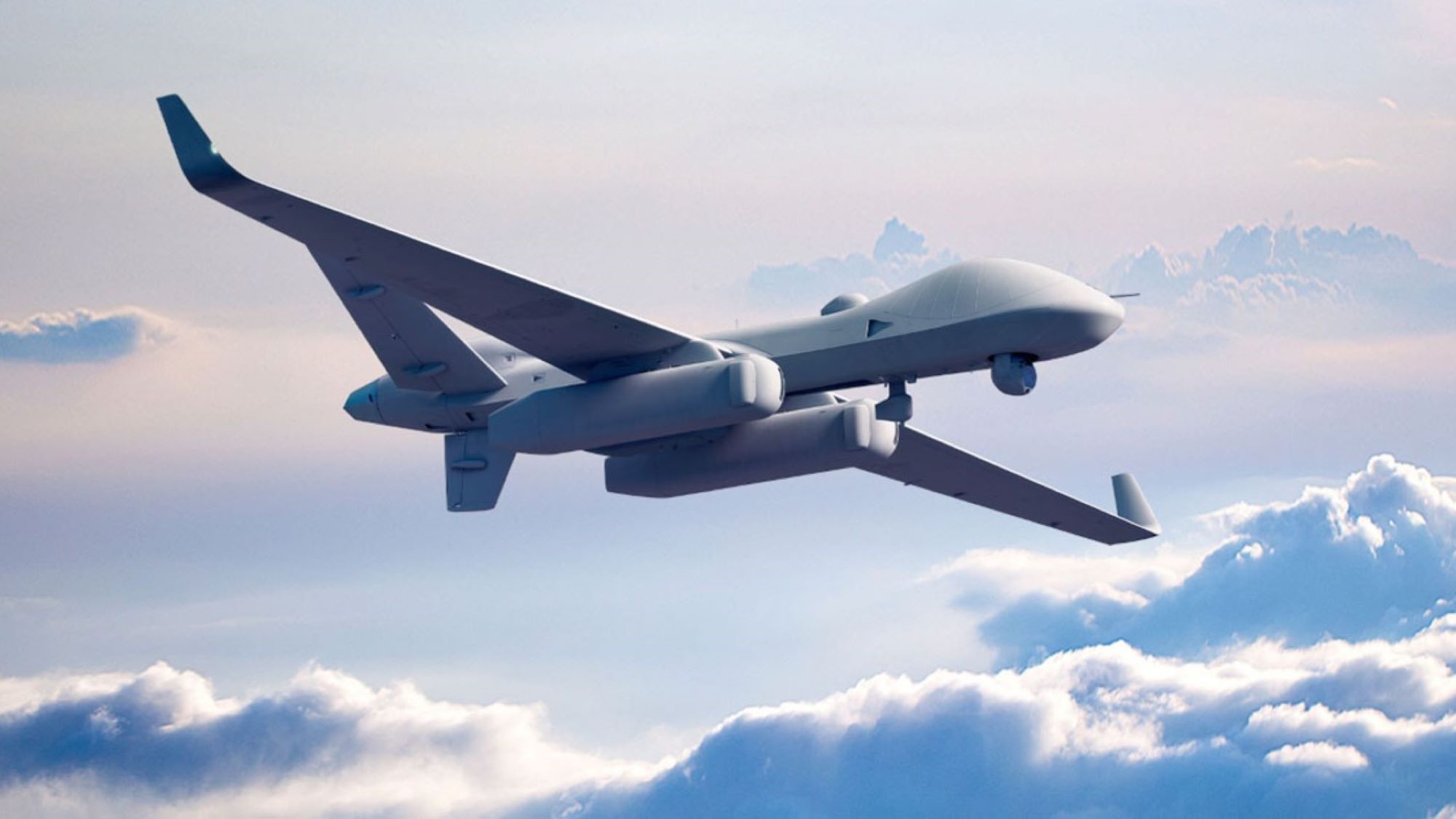
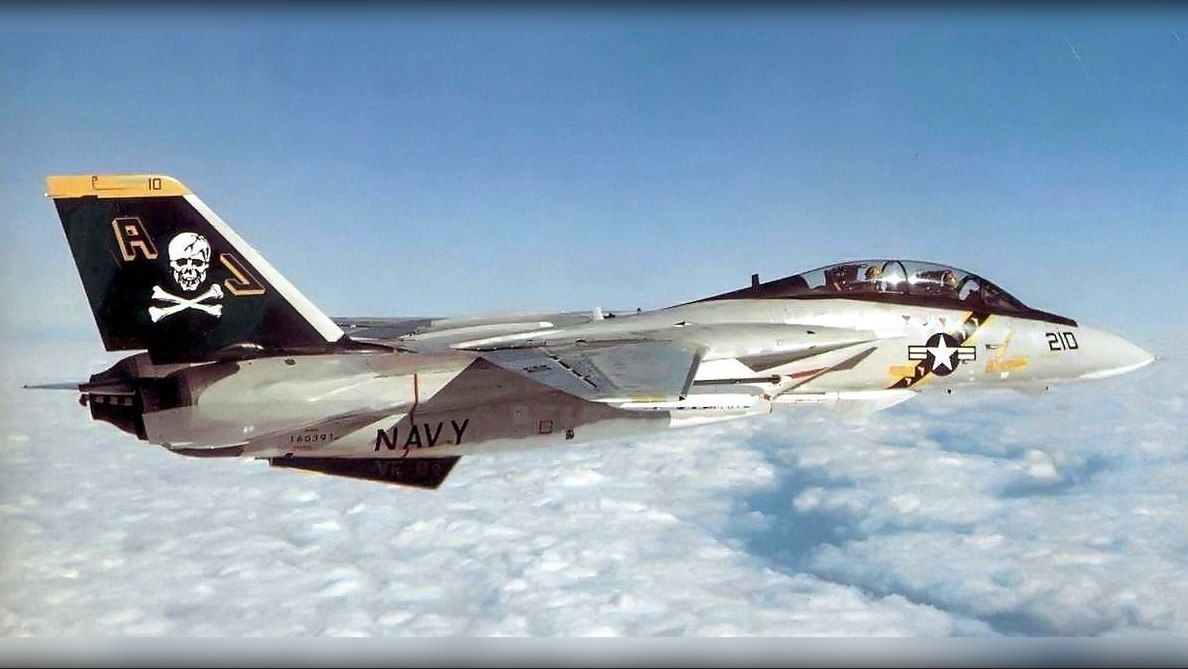


![The sights of Paris Air Show Day 1 [PHOTOS]](https://breakingdefense.com/wp-content/uploads/sites/3/2025/06/IMG_1798-scaled-e1750092780492.jpg?#)












